Desi Cow Ghee or clarified butter oil – often blamed for obesity and heart diseases – is not that bad after all. Indian scientists have just discovered that cow ghee could protect us from cancer diseases.
Cow ghee enhances the availability of enzymes responsible for detoxification of cancer-causing substances and decreases the possibility of those responsible for activation of carcinogens, scientists from the National Dairy Research Institute (NDRI) have reported in the latest issue of the Indian Journal of Medicals Research.
The new finding, however, does not mean you can go ahead with a liberal amount of desi ghee in your food. Now the question is – Where can I buy ghee? Buy ghee online at our online store. Visit our website https://sureshdesighee.com/ to know more.
Ghee poses no danger to cardiac health if the total fat entrance is restricted to the prescribed limit, researchers said. One must ensure that the entrance of total fat (including ghee) should not exceed the prescribed limit of fat consumption.
In the experiments done in a lab, scientists studied the effects of desi cow ghee compared to soybean oil on female rats who were artificially given breast cancer-causing chemicals.
They observed that the initiation and progress of mammary cancer decreased in rats which were fed on pure cow ghee. Though, there was a greater proportion of tumours in animals fed on soybean oil.
Researchers have deciphered the mechanism of cow ghee’s protective properties.
Feeding cow ghee decreased the expression of genes responsible for cell proliferation and raised regulate genes responsible for cell apoptosis’, explained Dr Vinod Kansal, who led the research team.

One probable factor in pure cow ghee is the presence of conjugated linoleic acid (CLA), which is known to possess beneficial properties.
- Cow ghee is a rich natural source of CLA, whereas, vegetable oils lack this particular fatty acid.
- Most vegetable oils contain high amount of unsaturated fatty acid as well as linoleic acid – which is considered pro-carcinogenic as it forms free radicals known to damage DNA.
- The ghee available in India is mostly made from buffalo milk.
- And though the study was done on cow ghee, scientists said buffalo ghee is also expected to be similarly effective because both contain CLA.
Dr Kansal said ‘Ghee poses no danger to cardiac health as long as the total fat entrance remains restricted to the prescribed limit.
Additional, ghee improves blood HDL level, which is good for heart, he added. ‘I have grave reservation about doctors prescribing vegetable oil brands with highly unsaturated fat which is pro-carcinogenic,’ the researcher said.
Desi Cow Ghee, Omega-3 And Cancer Protection
If I say “Omega-3 Fatty Acids cures cancer”, our so-called rational & educated mind will appreciate the feat of modern science and start googling about ‘Source for Omega-3″.
But if I say that “Desi ghee prepared using the manual traditional method from the ethically procured milk of Desi Gau Mata” can cure any disease, the same arrogant educated mind will either make fun of the fact & ignore it as a bigoted view.
Tumours are called ‘Arbuda’ in Ayurveda. Desi Gau Mata’s milk, ghee, gobar and Mutra(Urine) is the primary treatment for any form of ‘Arbuda’. We don’t actually need complex “Omega-3 Fatty Acids” complex science. Mother aid to cure is common sense for those who live in the laps of nature.
Take that! Respect your roots! Invest time and wealth in protecting Desi Gau. Have her prasad as medicine and be healthy forever (Y).
Thanks to Modern Medicine for fear-mongering about desi ghee and modern dairy for looting wealth from villages, society’s intake of ghee is reduced drastically in the past 30 years. This is the same period, cancer & heart cases have increased.
How exactly it works?
Gobar represents and is full of Apana Prana. It aid body to eliminate toxic waste/junk DNAs and cleanse Prana-flows.
Urine/Mutra is Ganga Jal. It has quality to balance tridosha. So further damage is paused.
Ghee is full of omega-3. As per below research, it improves quality & treatment of cancer patients. It really helps in rejuvenation.
Role of Butyric Acid in Prevention from Cancer Cell
There are certain researches looking forward to the role of butyric acid and its capacity to prevent or treat cancer.
During one of the studies, researchers have found that the presence of sodium butyrate blocked certain growth of colorectal cancer cells. During the same research they also discovered that it increased the rate of cell death.
Hence, experts suggest that a higher consumption of dietary fiber could raise the quantity of butyric acid the gut produces which may support in reducing the risk of colon cancer.
Although, some more human research is necessary to explore this case.
Food Rich in Butyric Acid
The production of most of the butyric acid in your body arises from the bacteria in your gut.The quantity of butyric acid in food is minimal as compared to the quantity of your gut bacteria produced.
Food that contains some dietary butyric acid is found in ghee, cow’s milk, butter, sheep’s milk, goat’s milk, breast milk, parmesan cheese, red meat, vegetable oils, sauerkraut and not to forget that butter is also one of the best dietary sources that is rich in butyric acid. About 11% of the saturated fat in butter arises from SCFAs. Although, butyric acid makes up about half of these SCFAs, one can also consult a nutritionist for foods rich in butyric acid. One must keep in mind that the benefits of consuming food rich in butyric acid must support your health and aid in reducing cancer. The pros and cons need to be consulted with your doctor.
Also, rather increasing your dietary fiber consumption is another way to increase the amount of butyric acid in your gut.
Omega-3 Fatty Acids May Help Improve Treatment & Quality of Life in Cancer Patient
Adding omega-3 fatty acids to anti-tumour medications may improve treatment response and quality of life for cancer patients according to a new study by researchers at the University Hospitals of Leicester in the United Kingdom.
The study, published today in the OnlineFirst version of the Journal of Parenteral and Enteral Nutrition (JPEN), the research journal of the American Society for Parenteral and Enteral Nutrition (ASPEN), examined 50 patients with advanced pancreatic cancer.
Patients were given 1,000 mg of gemcitabine weekly followed by up to 100 g of omega-3 fatty acids rich lipid emulsion for three weeks followed by a rest week. This was continued for up to six cycles, progress, unacceptable toxicity, patient request, or death.
The study found evidence of activity in response and disease immobilization rates, reduction in liver metastasis volume, and improved quality of life scores in this group of patients.
While this is the first study to use omega-3 fatty acids with a chemotherapy agent in a cancer setting, the researchers believe the results are encouraging and sufficient to warrant further investigation in a randomized phase III trial.

Docosahexaenoic acid content is significantly higher in ghrita prepared by traditional Ayurvedic methods
BACKGROUND:
Desi ghee (clarified butter) also known as ghrita, has been utilized for thousands of years in Ayurveda. Ghee is chiefly prepared by traditional method in Indian households or by direct cream method at industry level. Ayurvedic classics mention that ghrita made from cow milk is better. However, there is no scientific compare available on preparation methods and essential fatty acids content of ghrita.
OBJECTIVE:
To investigate fatty acid composition of ghrita prepared by Ayurvedic/traditional method and commercial method (direct cream method).
MATERIALS AND METHODS:
Fatty Acid Methyl Esters (FAME) extracted from ghrita sample were analysed on Gas Chromatography (GC) Shimadzu B using capillary column BPX70 (0.32 mm*60 m, ID of 0.25 mm). The fatty acids in the samples were identified by compare peaks with the external standard 68A (Nu-Chek-Prep, Inc.USA). Valued differences between the experimental groups were assessed by analysis of variance.
RESULTS:
Distribution of fatty acids was compare in ghrita samples prepared by traditional method and direct cream method which is commercially used. Saturated fatty acids were predominant in both the groups. Monounsaturated fatty acids and polyunsaturated fatty acids were in the range of 17-18% and 3-6% respectively. DHA content was significantly higher in cow ghee prepared by traditional method using curd starter fermentation.
CONCLUSION:
The findings suggested that ghrita prepared by traditional ayurvedic methods contain higher amount of DHA; Omega-3 long-chain polyunsaturated fatty acids, which is a major component of retinal and brain tissues and remains important in prevention of various diseases.
Desi Cow Ghee Benefits<
Pure Desi Ghee Price Online: 1 kg Ghee Price is Rs 2400/-
Health Benefits Of Drinking Milk With Ghee At Night
Desi Cow Ghee For Hair Growth, Hair Fall Treatment & Regrowth Benefits
Benefits Of Applying Desi Ghee For Face Overnight
Best Ghee For Babies, Infants Skin And Ghee Massage For Babies
Ghee For Mental Health
Desi Cow Ghee vs Buffalo Ghee vs Jersey Cow Ghee

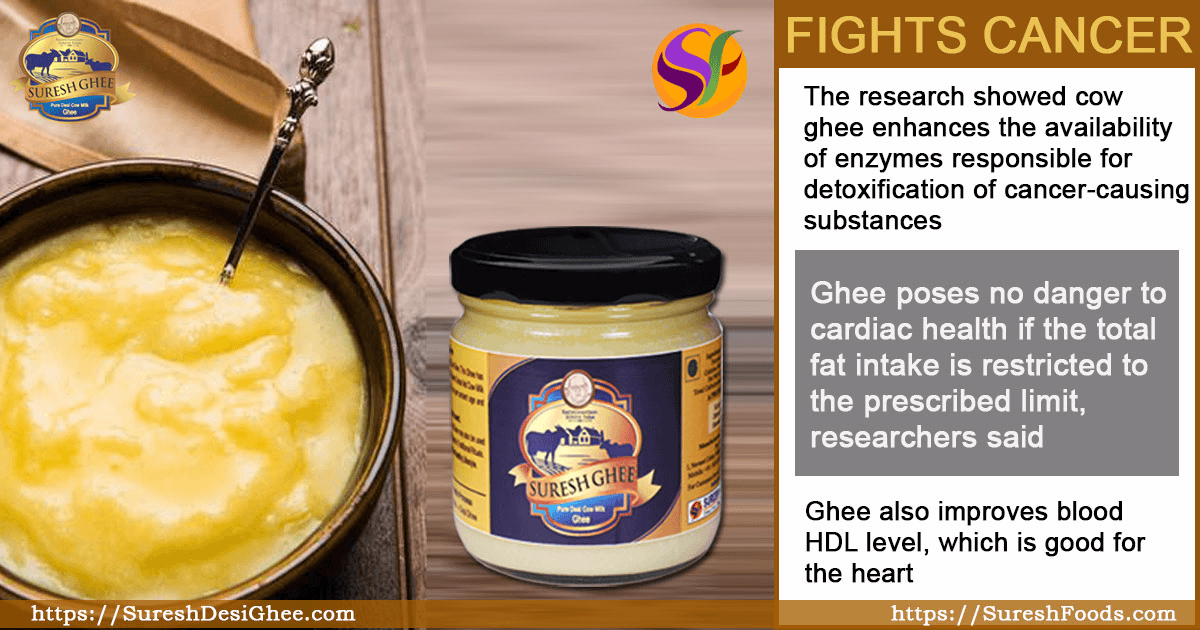
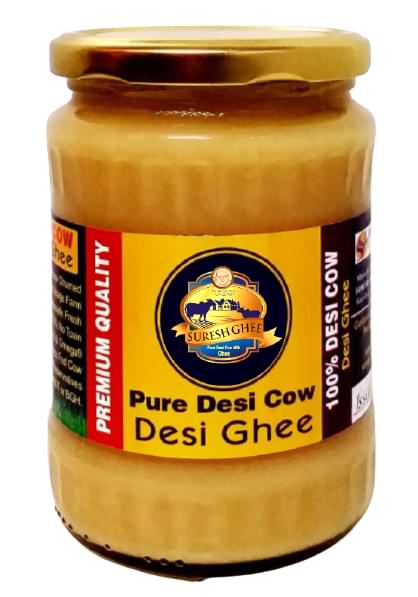
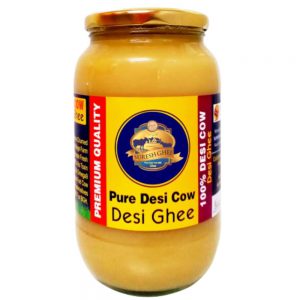
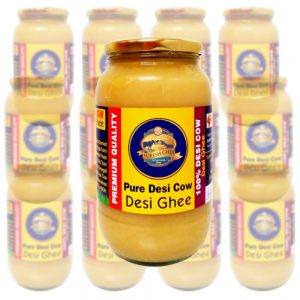
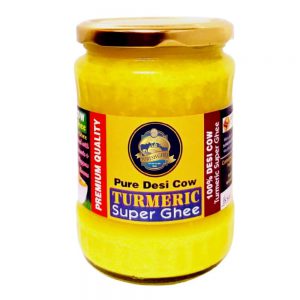
 WhatsApp us
WhatsApp us 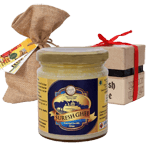
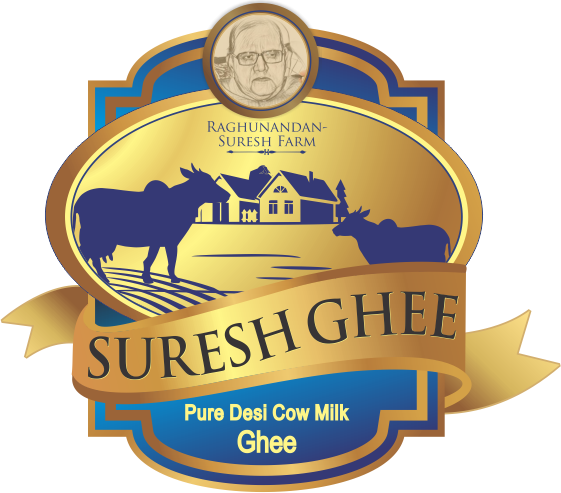
Naveen m...